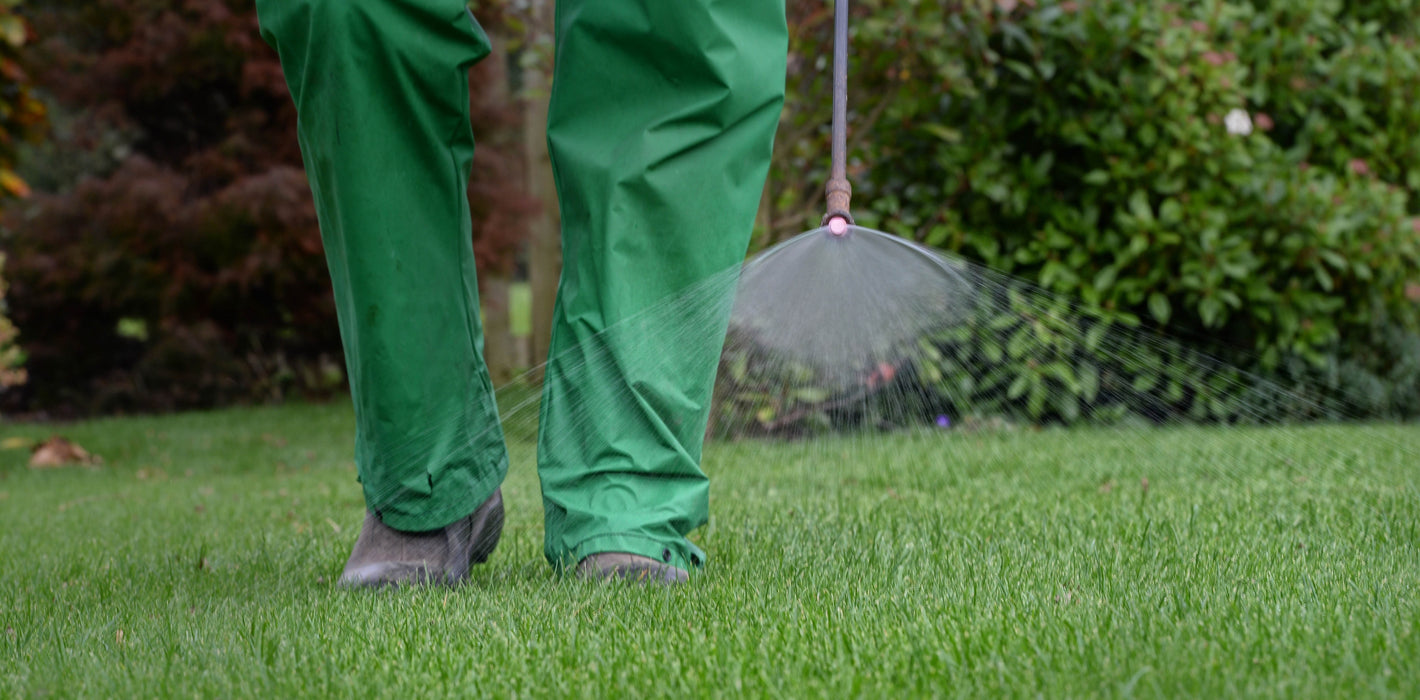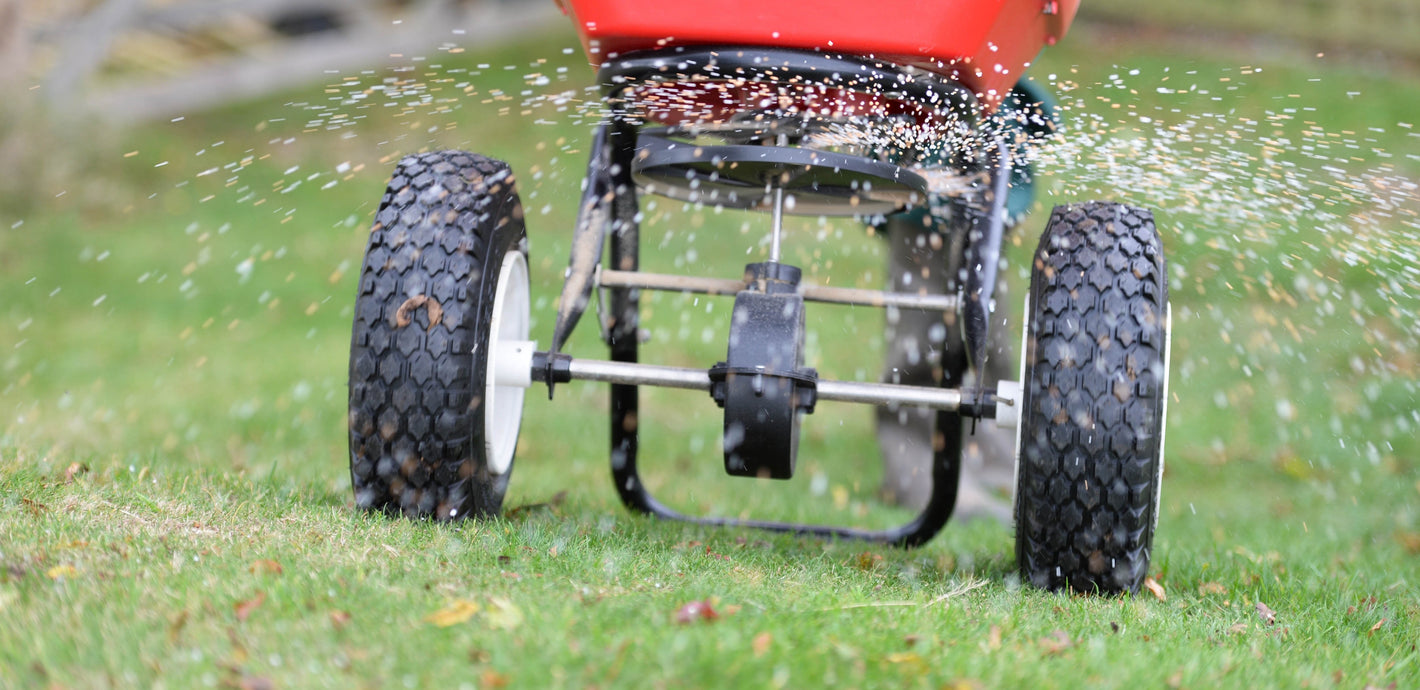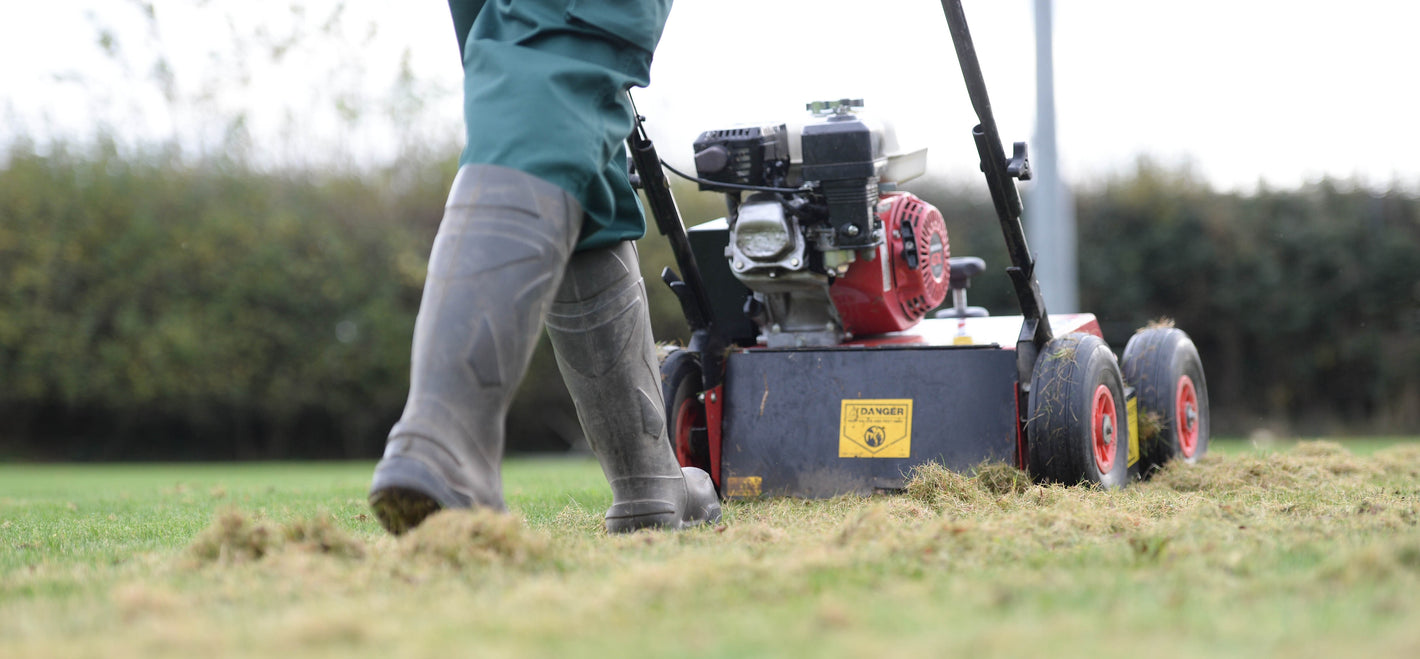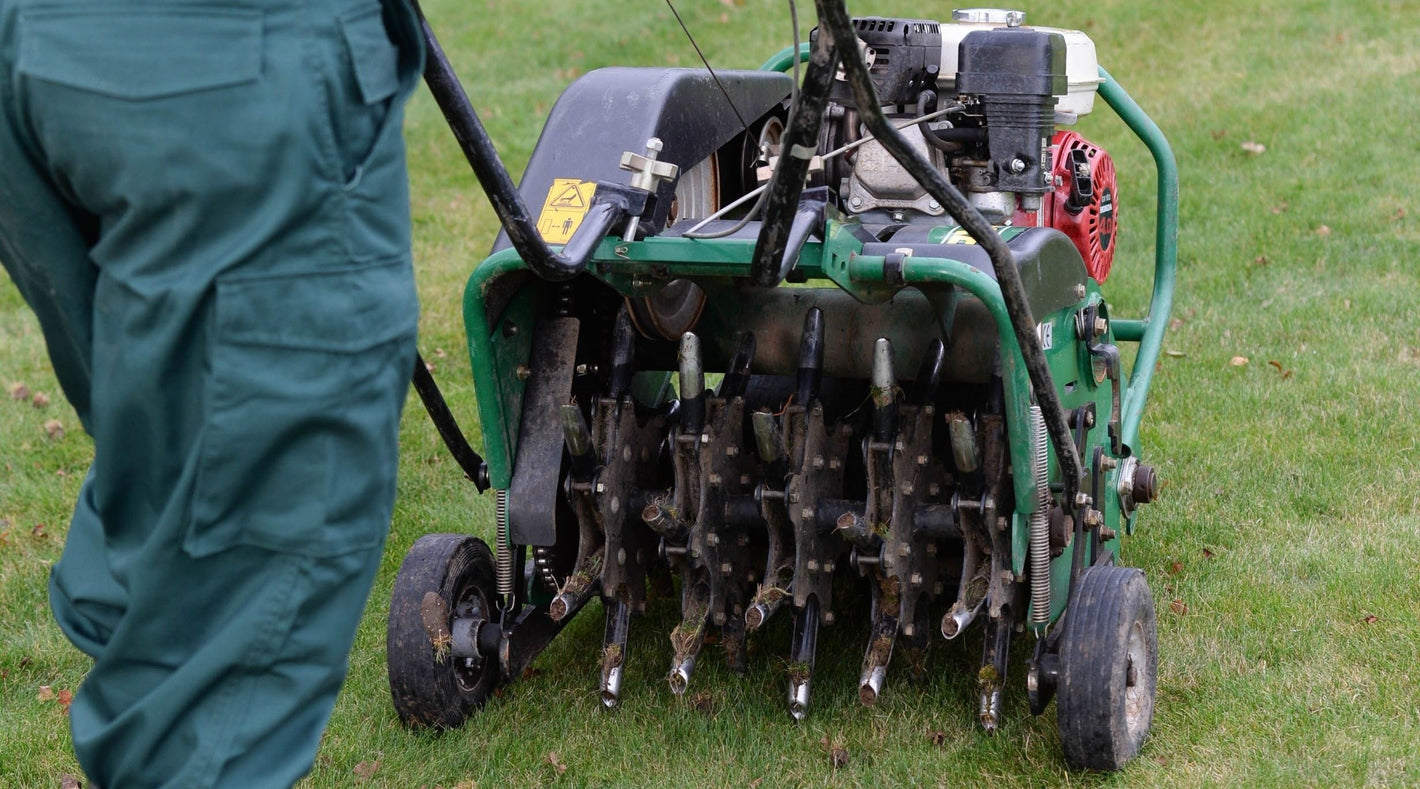The question we receive most often is: Is moss bad for lawns? Moss itself isn't harmful to your lawn, but its presence can indicate underlying issues that need addressing. Moss thrives in conditions that are unfavourable for grass growth, such as compacted soil, excessive shade or poor drainage. While it doesn't directly damage grass, moss can compete with it for space and resources, leading to a patchy and uneven lawn.
Mossy lawns may lead to an irregular colour and surface on the turf, with loose moss contributing to a spongy sensation underfoot. Though moss in grass spreads easily and can grow on all soil types, its presence doesn’t mean a lawn is doomed, killing lawn moss and moss removal from a lawn is possible. It’s vital to have good lawn care maintenance to remain moss-free.
What causes moss in lawns:
 Excess thatch – Our lawns naturally build up a layer of dead grass, roots, and other matter which is known as thatch. Thatch creates an environment on your lawn which moss cannot resist
Excess thatch – Our lawns naturally build up a layer of dead grass, roots, and other matter which is known as thatch. Thatch creates an environment on your lawn which moss cannot resist
Moisture - Moss thrives in wet soils with poor surface drainage, commonly caused by soil compaction.
 Shade - Too much shade creates moss-loving conditions, especially beneath trees/under debris on the lawn such as leaves. You need to allow as much sunlight to reach your grass as possible to hinder moss growth. Clean up and cut back overhanging branches, shrubs etc.
Shade - Too much shade creates moss-loving conditions, especially beneath trees/under debris on the lawn such as leaves. You need to allow as much sunlight to reach your grass as possible to hinder moss growth. Clean up and cut back overhanging branches, shrubs etc.
 Mowing - Poor mowing will lead to moss. A scalped lawn weakens the grass plant and makes it more vulnerable to moss invasion. We recommend to never cut your lawn less than 1’’ in height.
Mowing - Poor mowing will lead to moss. A scalped lawn weakens the grass plant and makes it more vulnerable to moss invasion. We recommend to never cut your lawn less than 1’’ in height.
 Poor Lawn Care - Good lawn care is essential to maintaining a healthy, moss-free lawn. An unhealthy lawn will struggle to compete with moss. For your lawn to maintain optimum health, it needs regular feeding. Our nutrient and micronutrient-rich feeds encourage a much stronger-lawn which allows the grass to compete better with moss.
Poor Lawn Care - Good lawn care is essential to maintaining a healthy, moss-free lawn. An unhealthy lawn will struggle to compete with moss. For your lawn to maintain optimum health, it needs regular feeding. Our nutrient and micronutrient-rich feeds encourage a much stronger-lawn which allows the grass to compete better with moss.





